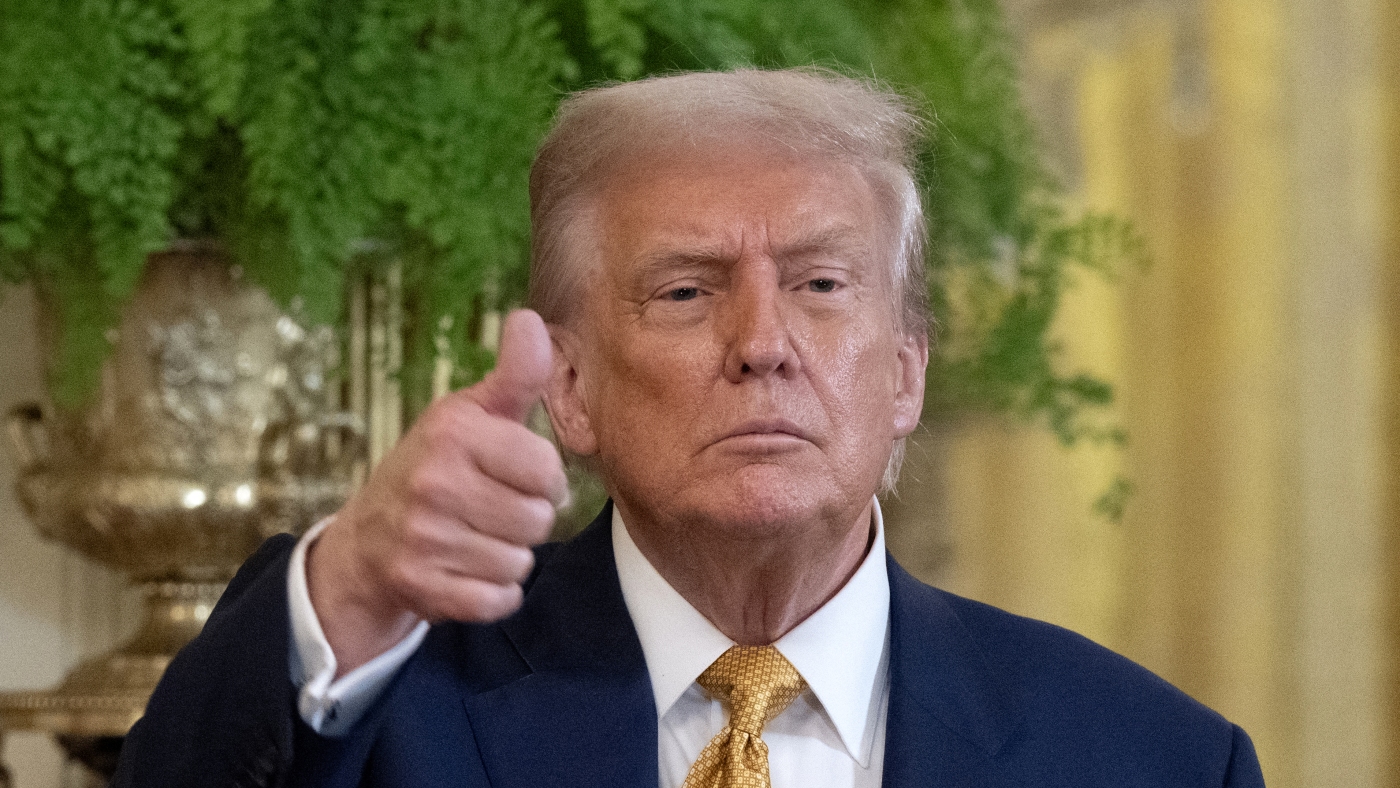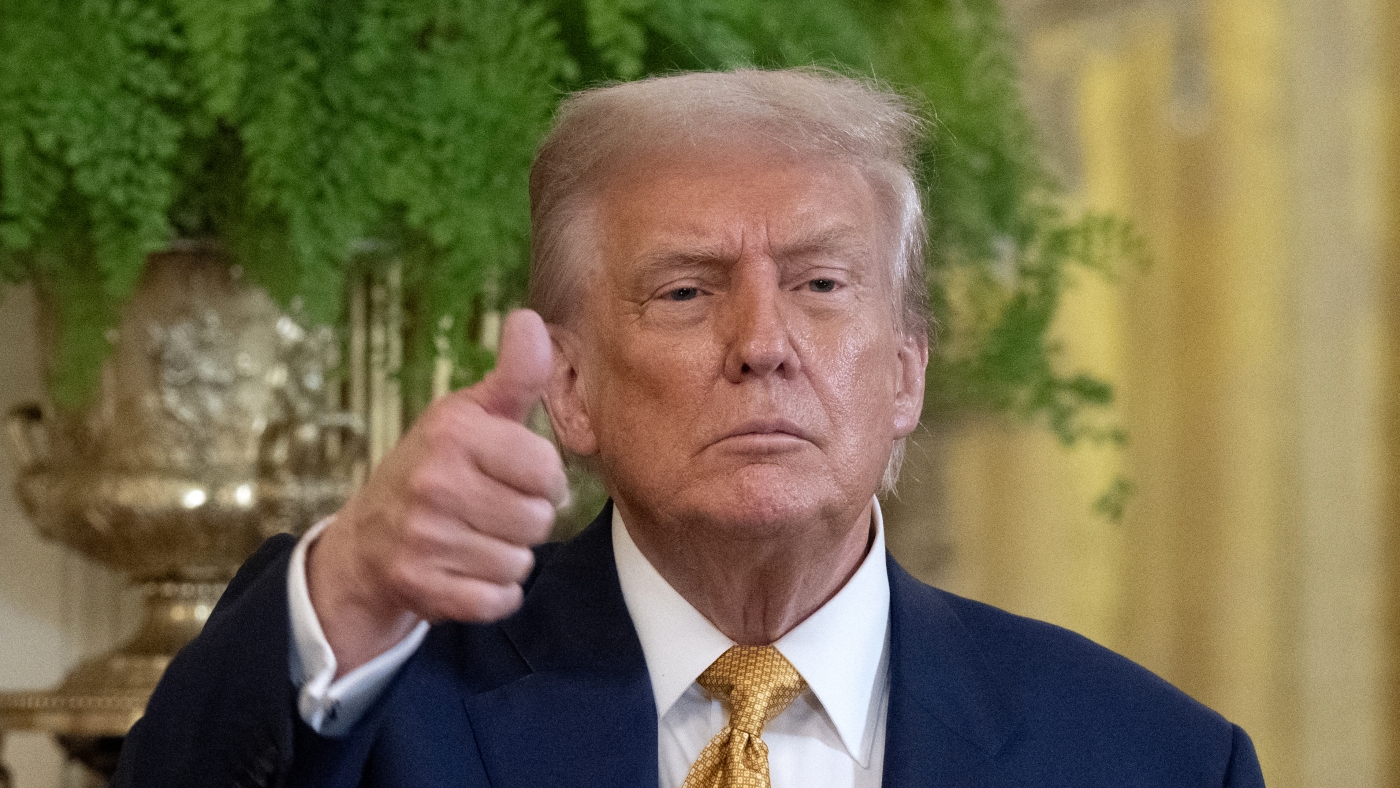The Trump Administration’s AI Strategy: A Detailed Analysis
The AI Battlefield
Artificial intelligence (AI) has evolved from a speculative concept into a defining force in global technology and geopolitics. The Trump administration recognized this shift and positioned the U.S. to lead what it termed the “AI race,” particularly against China. The administration’s strategy was multifaceted, focusing on deregulation, infrastructure enhancement, export promotion, and strategic competition. This report examines these key aspects, their implications, and their lasting impact on the global AI landscape.
Deregulation as a Catalyst for Innovation
At the heart of the Trump administration’s AI strategy was a strong push for deregulation. The administration argued that excessive regulations stifled innovation, particularly in AI, where rapid development was crucial. By reducing bureaucratic hurdles, the administration aimed to create an environment where AI companies could thrive without unnecessary constraints.
The deregulatory efforts targeted various areas, including environmental and labor regulations, which the administration viewed as impediments to AI progress. Critics, however, warned that this approach could lead to unchecked AI development, potentially overlooking ethical concerns and societal risks. The debate over balancing innovation with responsibility remained a central tension throughout the administration’s tenure.
Fueling Data Centers and Infrastructure
AI relies heavily on data centers, which require massive computing power and energy. Recognizing this, the Trump administration prioritized expanding and modernizing data center infrastructure. By ensuring a robust energy supply and advanced computing capabilities, the administration sought to support AI research and deployment.
This focus extended beyond energy to include broader digital infrastructure, such as high-speed internet and cloud computing. The goal was to create a seamless ecosystem where AI technologies could be developed, tested, and deployed efficiently. This infrastructure-driven approach was seen as essential for maintaining U.S. leadership in AI.
Export Promotion: Taking American AI Global
The Trump administration actively promoted the global export of American AI technologies. By supporting the deployment of U.S. AI systems in international markets, the administration aimed to establish American AI as the global standard. This strategy was not just about economic gains but also about shaping the future of AI on a global scale.
To facilitate these exports, the administration leveraged institutions like the U.S. International Development Finance Corporation and the Export-Import Bank. These organizations provided financial support to make American AI technologies more accessible to foreign markets. This proactive approach was designed to strengthen U.S. influence in the AI sector and ensure that American innovations led the way.
The AI Race with China: A Matter of National Security
The Trump administration framed its AI strategy within the context of a broader competition with China. Winning the AI race was not just about economic dominance but also about national security. The administration believed that leadership in AI would translate into advantages in military capabilities, economic competitiveness, and geopolitical influence.
This perspective drove many of the administration’s policy decisions, including deregulation, infrastructure development, and export promotion. The goal was to create an environment where American AI companies could outcompete their Chinese counterparts, ensuring U.S. dominance in the field.
Reversing Course: Trump’s Return and AI Diffusion Rule
In a significant policy shift, the Trump administration announced plans to rescind the Biden administration’s AI Diffusion Rule. This rule imposed export controls on AI model weights and required licenses for certain advanced computing integrated circuits. The Trump administration viewed these controls as overly restrictive and counterproductive to innovation.
By reversing this policy, the administration aimed to remove barriers to AI development and deployment, giving American companies greater freedom to innovate and compete globally. This decision was met with mixed reactions, with some praising it as a boost to innovation and others expressing concerns about potential national security risks.
Chips and Semiconductor Restrictions
Semiconductors are a critical component of AI development, and the Trump administration recognized their strategic importance. The administration sought to revise global semiconductor trade restrictions to favor American companies, ensuring they had access to the most advanced chips.
This approach involved a complex interplay of tariffs, export controls, and strategic alliances. The goal was to create a favorable environment for American chipmakers, supporting the broader AI ecosystem. By strengthening the semiconductor industry, the administration aimed to maintain U.S. leadership in AI technology.
The Impact on Global AI Development
The Trump administration’s AI policies had far-reaching implications for global AI development. The focus on deregulation, export promotion, and strategic competition with China shaped the landscape in several key ways.
Firstly, the deregulatory push influenced the global debate on AI governance. By prioritizing innovation over regulation, the Trump administration challenged the notion that strict oversight was necessary for responsible AI development. This approach resonated with some countries and companies, while others maintained their commitment to more stringent regulations.
Secondly, the promotion of American AI exports had a direct impact on the global market. By actively supporting the deployment of U.S. AI technologies, the administration sought to establish American AI as the dominant force worldwide. This strategy intensified competition among nations and influenced the direction of AI development in various regions.
Finally, the strategic competition with China spurred both countries to invest heavily in AI research and development. This rivalry accelerated the pace of innovation and led to significant advancements in AI capabilities. However, it also raised concerns about potential misuse of AI technologies and the need for international cooperation to address ethical and security challenges.
Conclusion: A Transformative Era for AI
The Trump administration’s approach to AI represented a transformative era for the technology. By prioritizing deregulation, export promotion, and strategic competition, the administration sought to position the United States as the undisputed leader in the AI race. While this approach spurred innovation and accelerated the pace of development, it also raised important questions about the ethical and societal implications of AI. The legacy of the Trump administration’s AI policies continues to shape the global landscape, influencing the direction of innovation, governance, and international relations in the age of artificial intelligence.








